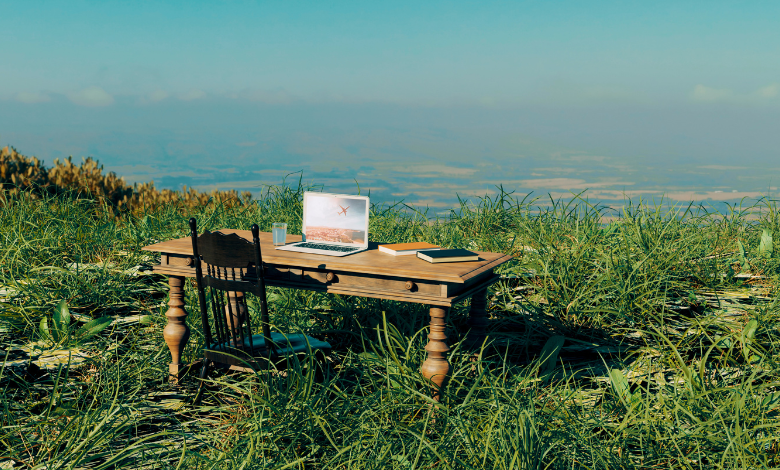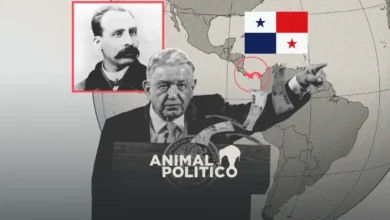
In the vast and often uncharted regions of the Earth, certain coordinates lead us to unique and intriguing places. One such location is found at the coordinates 65.476721, -173.511416. Situated in a remote area of the world, this location offers an opportunity to explore the less-traveled corners of our planet. This article delves into the geographical, environmental, and cultural aspects of this intriguing site.
Table of Contents
ToggleGeographical Overview
The coordinates 65.476721, -173.511416 place us in the Arctic region, specifically within the Arctic Ocean. This region is characterized by its extreme cold temperatures, vast ice fields, and unique geographical features. The Arctic Ocean is bordered by the northern coasts of Europe, Asia, and North America, and is known for its harsh weather conditions and seasonal ice cover.
Proximity and Accessibility
Located in the Arctic, this coordinate is relatively isolated and difficult to access. The nearest major landmasses are the coasts of Siberia and Alaska. Due to the harsh climatic conditions and the remote nature of this location, travel to and from this area is typically restricted to specialized Arctic expeditions and research missions.
Environmental Features
The environment at 65.476721, -173.511416 is defined by its Arctic climate, which is characterized by long, frigid winters and short, cool summers. The region is covered in sea ice for most of the year, and the surrounding waters are often frozen or covered with ice floes.
Flora and Fauna
Despite the harsh conditions, the Arctic region is home to a variety of unique flora and fauna adapted to the cold. Polar bears, seals, and Arctic foxes are among the prominent wildlife species found in this region. The flora is limited but includes species such as Arctic moss, lichens, and low-growing shrubs. The ecosystem is delicate and highly sensitive to changes in climate and ice cover.
Cultural and Historical Significance
While this specific location is not known for significant human settlement or cultural landmarks, the broader Arctic region has a rich history of indigenous peoples and exploration.
Indigenous Peoples
The Arctic region is traditionally inhabited by indigenous peoples such as the Inuit in Canada, the Sámi in Scandinavia, and the Chukchi in Russia. These communities have adapted to the harsh Arctic conditions and have developed unique cultures and traditions centered around their environment.
Exploration History
The Arctic has a storied history of exploration. Notable explorers, such as Robert Peary and Roald Amundsen, ventured into the Arctic in search of new routes and discoveries. Their expeditions contributed to our understanding of the region’s geography and environmental challenges.
Current Challenges and Research
The Arctic region faces several challenges due to climate change. Rising temperatures are causing the ice to melt at an accelerated rate, which impacts the global climate and local ecosystems. Researchers and scientists closely monitor these changes to better understand their effects and to develop strategies for mitigation.
Scientific Research
Numerous research initiatives focus on studying the Arctic environment, including its ice cover, wildlife, and climate patterns. International collaborations aim to address the impacts of climate change and to explore sustainable practices for the region.
Conclusion
The location at 65.476721, -173.511416 is a remote and intriguing part of the Arctic, offering a glimpse into one of the world’s most extreme environments. While not a hub of human activity or cultural landmarks, this area plays a critical role in our understanding of global climate patterns and environmental changes. The Arctic’s unique conditions and the challenges it faces underscore the importance of continued research and conservation efforts in this vital region of our planet.





